I am so excited for another month of gardening school with Jordyn Pecha from Floral Mountains! She’s been so gracious to share her knowledge with us, and this month’s post is vital to successful gardening! Enjoy!
Now that you know what to consider when planning your garden, it’s time to choose the right plants that will thrive in it. This step will either set you up for an easy growing season or one that will only bring you headaches and endless questions.
I know I’ve said this way too many times in last months post, but choosing the right plants for your garden will make all the difference in the long run. By choosing flora based on their preferred growing conditions and not by how gorgeous they are, your garden will look so much more lush with less effort on your part.
Think about it, if a plant likes where it is living, it is going to grow big and lush and beautiful without much effort from you. But on the other hand, if you choose something based solely on looks, it is constantly going to be under stress, and will not grow as well as it could. Here are three key factors to successful gardening, and plant selection.
Know your USDA Plant Hardiness Zone
The first thing you need to figure out is your plant hardiness zone. Take a look at this map (http://planthardiness.ars.usda.gov/PHZMWeb/) and you’ll figure out what zone you are in. Now what does this tell you? This zone number will tell you if your plant will act as an annual or perennial. The zones are basically divided by the lowest average temperature an area will get to. It really is the worst when you buy a plant that dies over the winter and you weren’t expecting it! But by knowing what zone you are in, you can prevent that!
When you buy a plant, the information tag will sometimes have a zone number on it, if not, a quick google search will give you that info. If the zone of the plant is the same or less than your zone, that plant will act as a perennial in your garden. It’s important to understand that the same plant could act as a perennial in one region and an annual in another.
Natives are a safe bet
If you want a gorgeous garden with little effort, stick with native plants. Take a drive and notice plants and flowers that are growing in vacant lots, on hillsides or on the side of the road. If the plant can grow there with no extra help from someone else, chances are it will grow in your garden. But first check to make sure it isn’t an invasive species. You definitely don’t want it to take over your yard. You would then have a whole other issue to take care of.
Native plants have adapted to the area over hundreds and hundreds of years. You know they are hardy, drought resistant and thrive there. Yes, please!
Read the information tag
When you buy a plant, read the tag that comes with it. Those little things hold a lot of information! It will tell you how big the plant gets at maturity. Will it fit in the area you want to put it in? It will tell you if it likes full sun, shade or a little of both, water needs and planting depth. Are all of these requirements something you can provide it in the area you have chosen?
So really, I’m telling you to spend the afternoon at the nursery and read all of the tags on the plants to find the ones that work for you. That sounds like an amazing afternoon to me.
I hope this doesn’t make you feel like choosing the right plants is a hard thing to figure out, because it’s not! Your local nursery should have a wide variety of plants that can grow in your region and garden. But they are also going to have those plants that require more attention from you because your region does not match their native growing conditions. I wish I had a list of plants to give you and guarantee that they will work for you, but it is different for each one of you. Know your zone and choose natives and you should have no problem picking the right plants that will work for you and your garden. If you’re looking for a great plant to start with, learn how to plant Rhubarb!
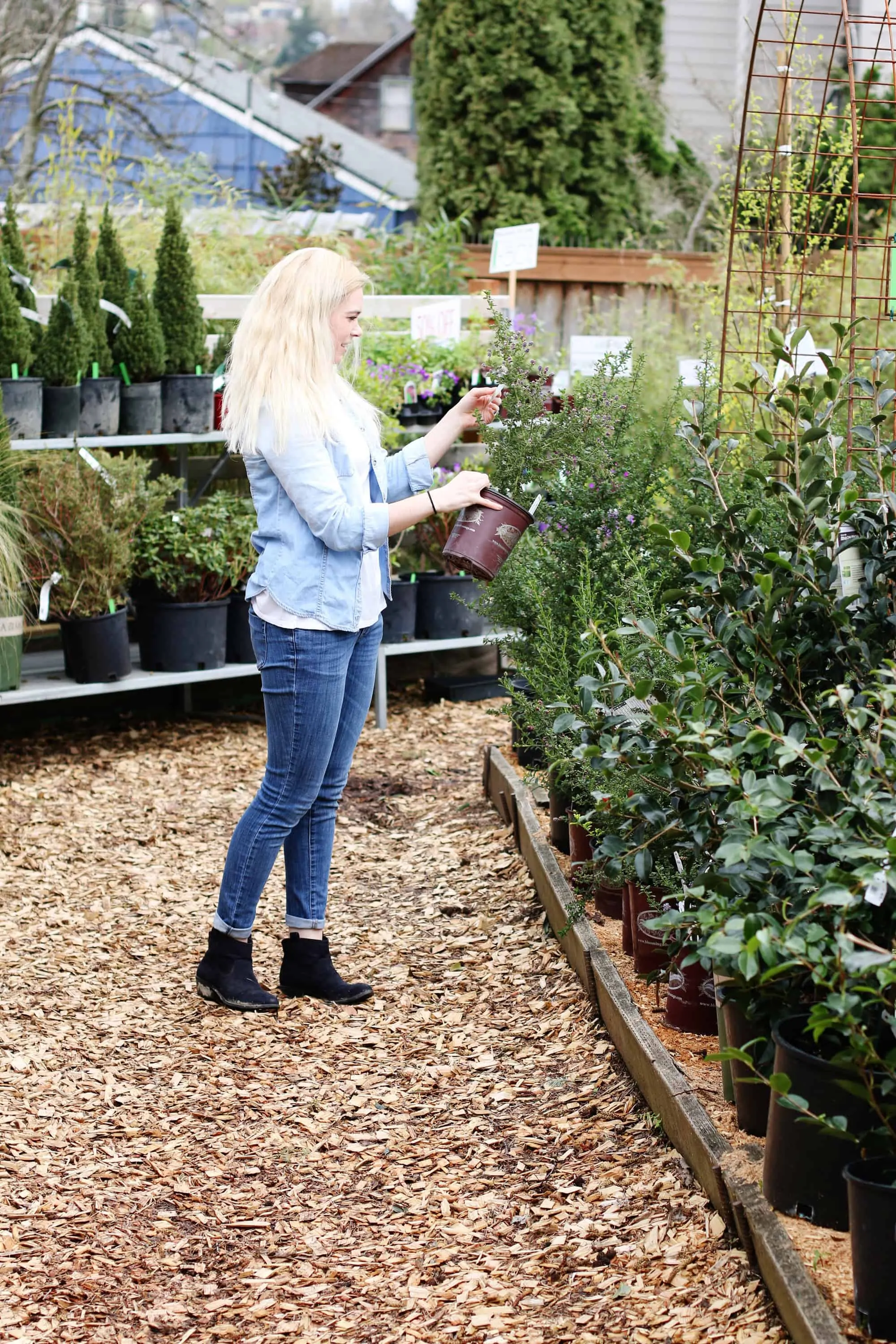
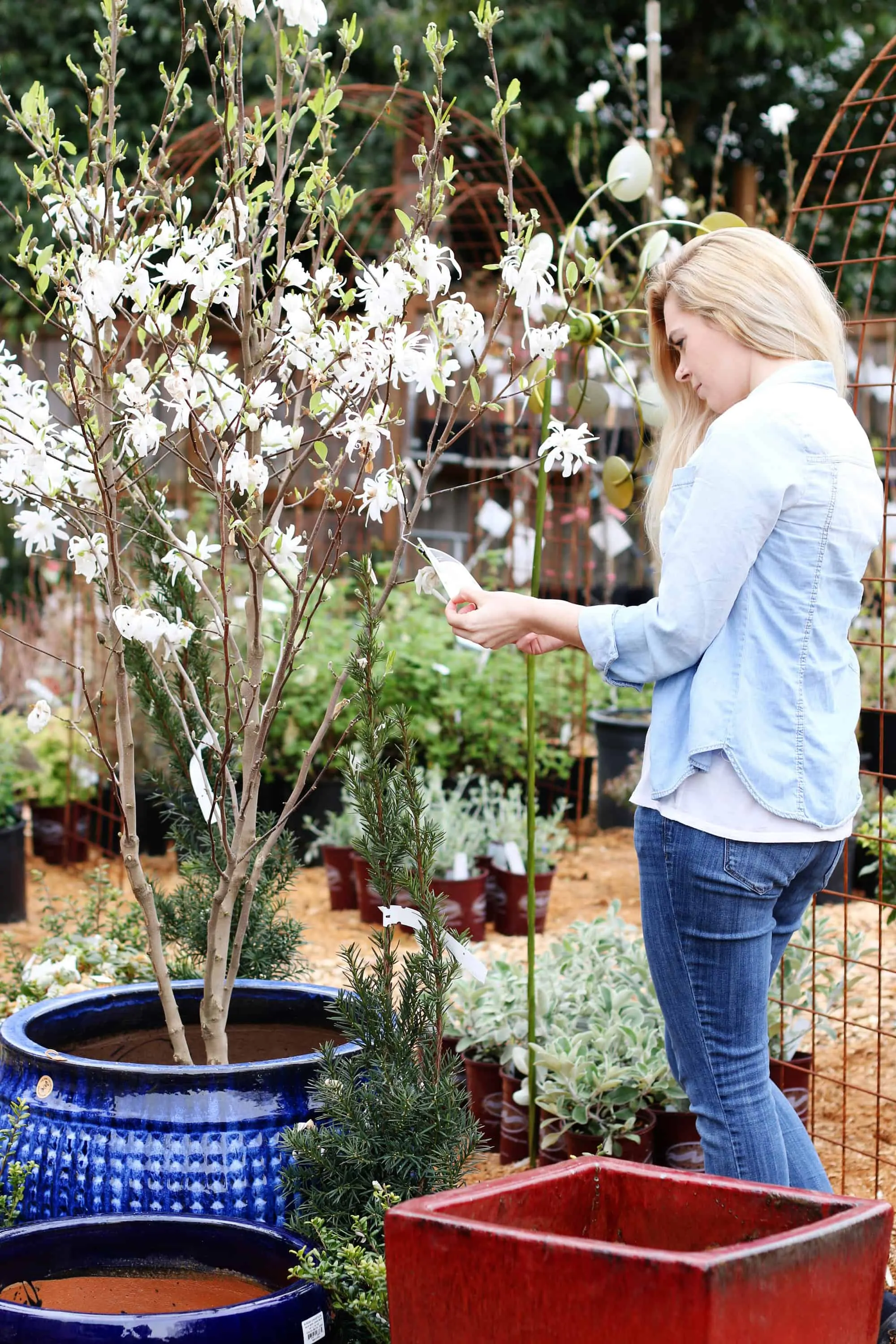
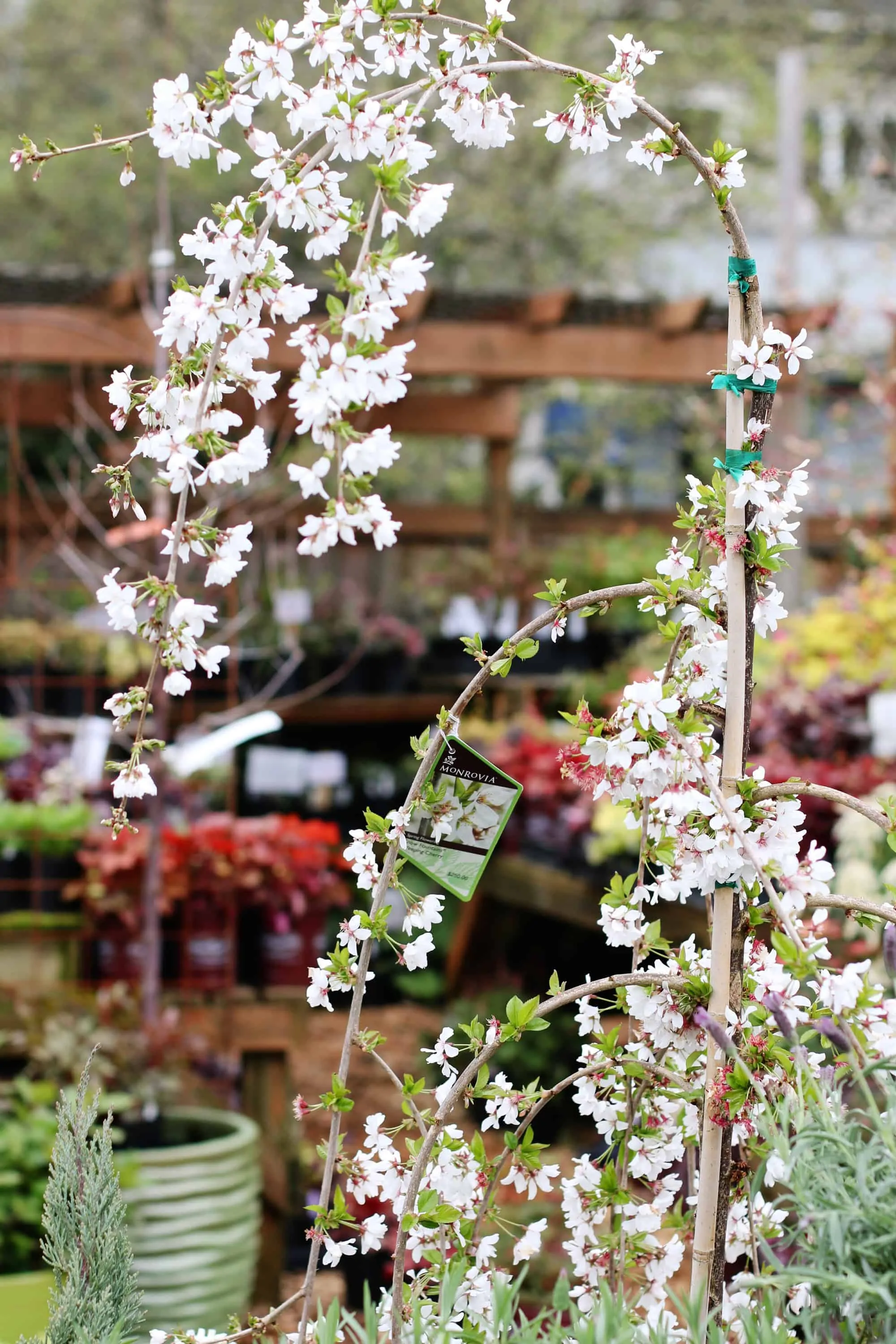
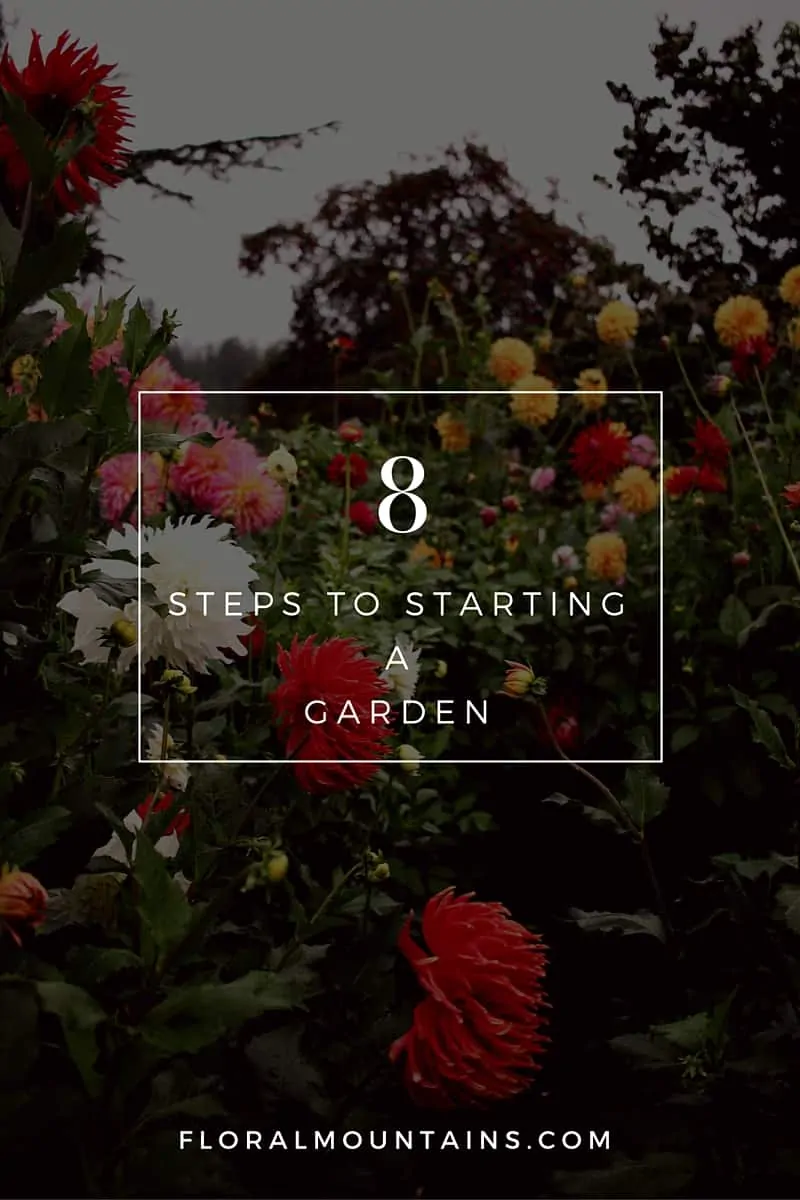
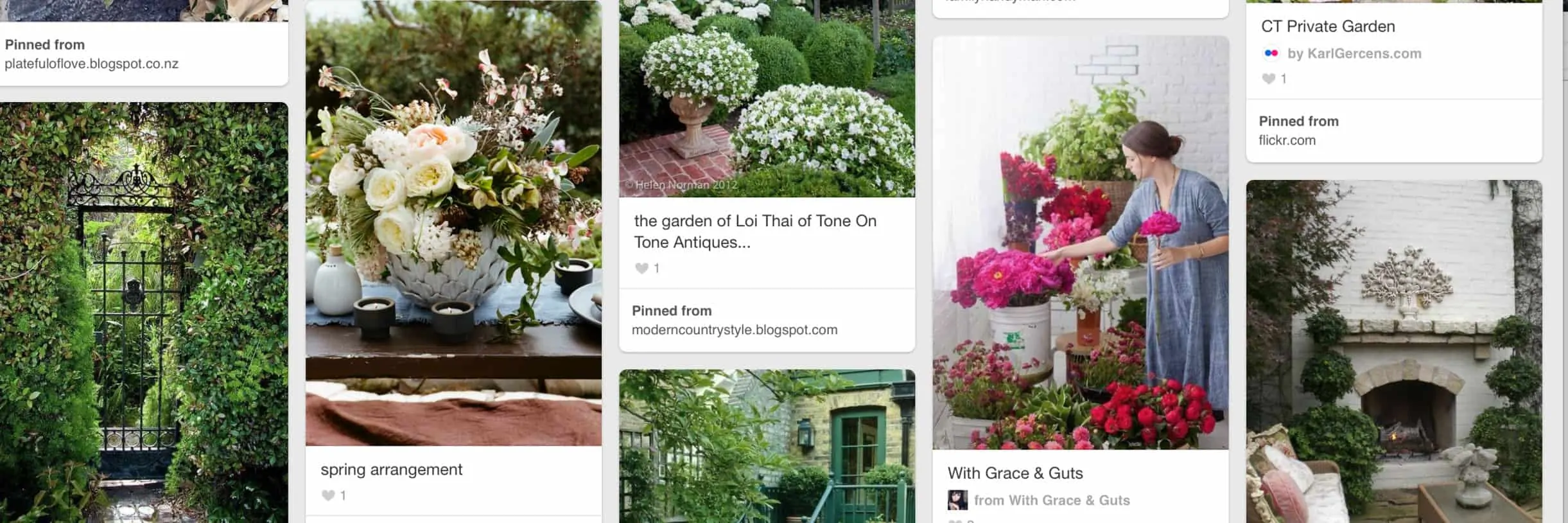



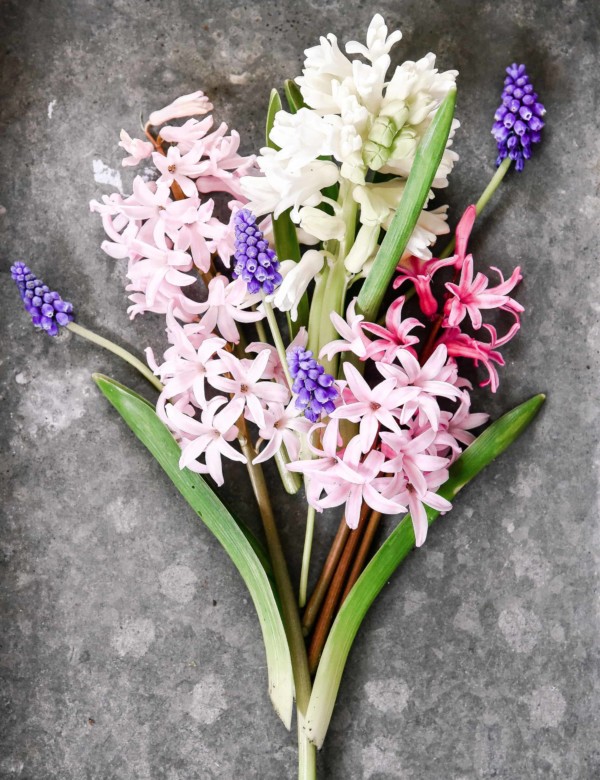
Some of these I didn’t know. I want to plant a bunch of plants and some fruit trees but I’m so scared. I can’t seem to keep plant based things alive, it makes me sad. I’ve pinned this, when I try it again this will come in handy.
Hope it helps! One thing I’ve learned with trees: plant them in the evening so they don’t get shocked by heat in the first 12 hours! :)
I was just at the nursery this afternoon picking up perennials. I do watch my hardiness zone — but sometimes I get tripped up by "partial sun" or 6+ hours sun…. I feel like most spots get 6 hours of sun, even if it’s shaded all afternoon. Is that a correct understanding?
I will confirm with Jordyn, but I think partial sun means 4 hours of sunlight or less, meaning direct sun. If it gets morning or afternoon shade, then it is probably a partial sun spot. I also think that the 6+ hours is referring to sunlight after 10am-ish when the sun gets hot. I could be wrong about this though!
I am so desperate for help in this area… this is great thanks!
Thank YOU for being here! :)
Great info! My mom owned greenhouses when I was growing up so I’ve always loved plants but it’s hard to keep them the way I’d like since I live in NYC now.
Oh wow I am so jealous you’ve gotten to play in greenhouses! I am pinching my pennies to save for one!
I so needed this post. I am determined to spruce up our outdoor space this summer with some flowers/plants, and I have no idea what I am doing. Now I know where to start! Great post :)
I hope it helped! Thank you so much!
Great post! Thanks for sharing.